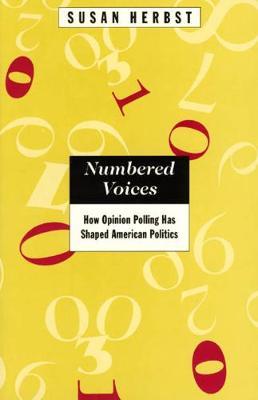American Politics & Political Economy S.
1 total work
Quantifying the American mood through opinion polls appear to be an unbiased means for finding out what people want. But in this study the author demonstrates that the way public opinion is measured affects the use that voters, legislators, and journalists make of it. Exploring the history of public opinion in the United States from the mid-19th century to the present day, Herbst shows how numbers served both instrumental and symbolic functions, not only conveying neutral information but creating a basis authority. Addressing how the quantification of public opinion has affected contemporary politics and the democratic process, Herbst asks fundamental questions about the workings of American politics.
